Challenging Women of Alberta
By Pat Myers, Curator Work Life and Industry; Elaine Alexie, Curator Indigenous Studies; Matt Ostapchuk, Acting Curator Military and Government History; Emma Knight, Assistant Curator Indigenous Studies
March 8, 2021
"Challenging" women, who protest, fight, campaign, and speak out against inequality can be found throughout Alberta’s history. In honour of this year's International Women's Day theme, "Choose to challenge," we’re honouring seven women who challenged gender bias and inequality in Alberta.
Muriel Venne, who stood up for the missing and murdered, one of the first commissioners appointed to the new Alberta Human Rights Commission, and the founder of the Institute for the Advancement of Aboriginal Women.
Deborah Grey, who campaigned tirelessly to win the Reform Party of Canada's first seat in Ottawa, and later became the first female Leader of the Opposition in Canada’s history.
Jenny Margetts, Nellie Carlson, and Kathleen Steinhauer who helped form the Alberta chapter of Indian Rights for Indian Women, alongside their counterparts Mary Two-Axe Earley and Jeanette Corbiere Lavell. Together, they fought to regain treaty rights and band status for Indigenous women who married non-Indian status men.
Learn more about these amazing women.
Muriel Stanley Venne
“My activist ideas sprang from wondering as a child why my beloved grandmother was not treated with the same respect as my grandfather. I could not understand why.”
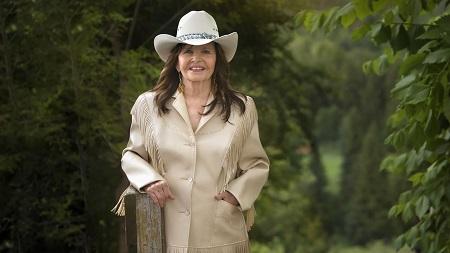
As a founding member of the Alberta Human Rights Commission, Muriel worked tirelessly to make Alberta a more just place for its citizens. She played a key role in authoring The Rights Path, a booklet explaining human rights to all Albertans.
She founded the Institute for the Advancement of Aboriginal Women to provide a support system and address obstacles to equality for Aboriginal woman. The Institute does two things: “We honour Aboriginal women, and deal with the issues that confront them.” For Muriel, the greatest reward for her work is seeing Aboriginal women accomplishing their goals and being accepted as they are.
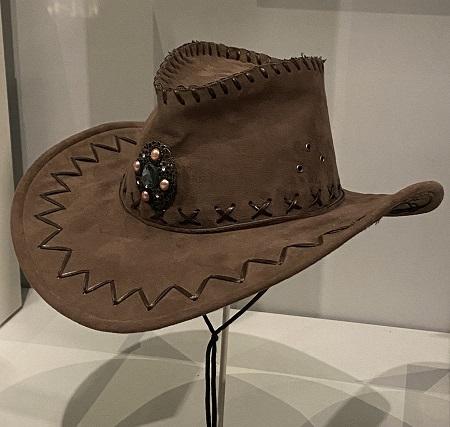
Her many honours include The Aboriginal Role Model of Alberta award, the Aboriginal Achievement Award for Justice, the Governor General’s Award for the Person’s Case, and the Order of Canada.
You’ll find Muriel, wearing her trademark cowboy hat (“Metis women always wore hats,” she laughs) wherever justice needs a hand. Despite how hard the road has sometimes been, Muriel says “I have every hope that things will change. I admire my sisters for their courage and determination.”
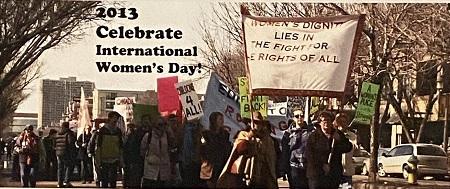
Deborah Grey
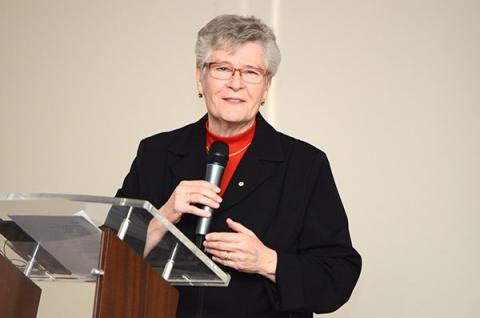
Throughout her political career, Deborah Grey challenged gender biases and blazed an enduring trail for women in politics and leadership.
After graduating from the University of Alberta with Bachelor degrees in Arts (1977) and Education (1979), Deborah spent the next decade teaching in rural Alberta, first at Frog Lake, then at Dewberry.
Grey began her trailblazing career in Canadian politics when she ran in the 1988 federal election for the newly formed Reform Party of Canada. The party slogan was to the point and reflected feelings of Western alienation in Canadian politics: “The West Wants In.” Grey placed fourth in the Beaver River constituency, but won the 1989 by-election, making her the Reform Party’s first Member of Parliament. Preston Manning, leader and founder of the Reform Party, named Grey the party’s deputy leader.
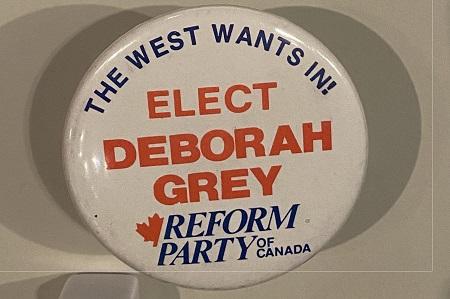
In 2000, Grey made history again when she became the first female Leader of the Opposition. She would win four straight elections, representing the ridings of Beaver River (1989-1997) and Edmonton North (1997-2004). During her 15 years as an MP, Grey served with the Reform, Canadian Alliance, Democratic Representative Caucus, and Conservative parties.
Grey continues to shape Canadian politics through her role on the advisory board of the Leaders’ Debates Commission, which is responsible for organizing federal election debates. She continues to inspire Canadians as a professional speaker.
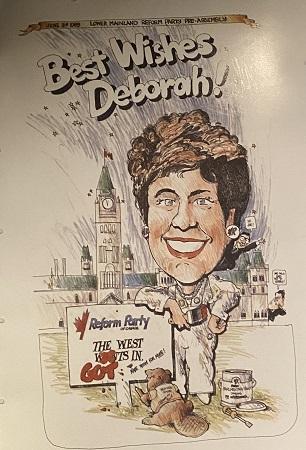
Indian Rights for Indian Women
“I made the snowballs, and Nellie threw them.” – Kathleen Steinhauer

(L - R: Kathleen Steinhauer with husband Gilbert Anderson, Jenny Margetts, Nellie Carlson with husband Elmer Carlson)
Imagine being asked to choose between the person you love and your rights. The Indian Act forced First Nations women who married non-Indian status men to relinquish their treaty rights and band membership. The government no longer considered them or their children to be First Nations.
Indian Rights for Indian Women (IRIW) fought for change. Jenny Margetts, Nellie Carlson, and Kathleen Steinhauer helped form the Alberta chapter of IRIW alongside their counterparts Mary Two-Axe Earley and Jeanette Corbiere Lavell. Together, they succeeded in defeating Section 12(I)(b) of the Indian Act, which discriminated against First Nations women and their descendants. It stated that a First Nations woman and her descendants lost their legal Indian status and Treaty rights when she married a non-status man, a Métis man or non-Indigenous man.
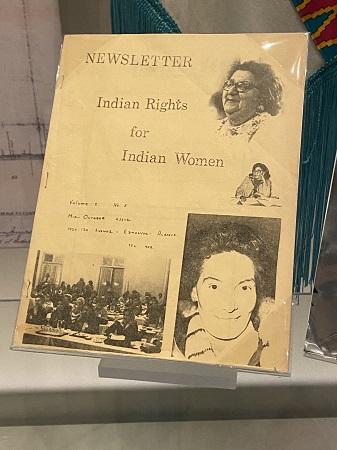
Together, in the mid-1970s, the members of IRIW began a long fight with the Canadian government to change the law. They organized around kitchen tables, created their own posters, and fundraised to travel to Ottawa to lobby government officials, make a presentation in front of the Standing Committee on Indian Affairs, and meet with Prime Minster Pierre Trudeau.
Finally, in 1985, IRIW succeeded. Bill C-31 was passed to bring the Indian Act into line with the Charter of Rights and Freedoms. Due to the efforts of Nellie Carlson, Kathleen Steinhauer, Jenny Margetts and many other Indigenous women, approximately 127,000 disinherited First Nations women and children won back what had always been theirs: their cultural identity and their rights as Indigenous Peoples.
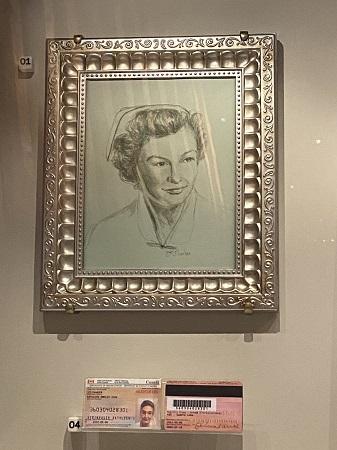
These amazing women, and many others, are featured in our Human History Hall. Let's hear it for the challenging women of Alberta!